The Weights of Laos and the Mekong Region
The weights of Laos are amongst the oldest in Southeast Asia, but have been understudied. There are almost no surviving Laotian records regarding weights. The very first article about the animal-shaped weights of Southeast Asia was published in France in the year 1910, which was primarily concerned with the weights found in Laos. In the following 115 years, there has been one lone publication concerning Laotian weights. The present book aims to assemble all that is known about Laotian weights. Laos has origins of weights dating back to the fourteenth century when the Lan Xang kingdom was established, and in the late 19th century, it fell under European influence as part of the French Indochina colony. Amidst a chaotic and troubled history, Laos has produced an interesting array of endearing weights, mostly intended for small hand-held balances – Laotian weights rarely exceed 130 g in weight. The earliest weights originate from Lan Xang, and the geometric designs were likely borrowed from Islamic trade weights. In the sixteenth century, the adoption of Buddhism fostered a unique style of weights seemingly based on a monk’s alms bowl known as ‘monk-bowl’ weights. Finally, influences from Burma and Siam led to a generation of wonderful small weights, or possibly amulets, primarily based on figures from the Asian zodiac, but often from mythical creatures believed to inhabit the Mekong. These miniature works of art often are tightly held in Southeast Asia, as many believe they retain mystical and protective powers. This volume attempts to piece together an overview of historical Laotian weights, based on surviving weights from the region, and writings of European visitors from the mid-nineteenth century onwards. The book comprises 211 pages and features over 400 colour images of the intriguing weights from Laos, and the associated Mekong region. This is the third volume in a planned four-volume series about the weights of Southeast Asia and India. About the Author Rick Willis is a retired botanist who has published formerly on plant chemical interactions. In recent years, he has concentrated on his long-term interest in Asian art and antiquities. For over 30 years, he has accumulated a vast collection of trade weights from Southeast Asia and India, which have formed the core material for books on Burmese weights, and more recently the weights of Mughal India. As part of this series, the present volume endeavours to cover, for the first time, what is known concerning the weights of Laos, an enigmatic and often troubled country, which, has produced many idiosyncratic weights that have largely eluded collectors. Along with the present volume series, he will be working on another project, that will deal with the weights of the Indian Princely States and British India, which will be the last part of the author’s volume series.
Get it now and save 10%
BECOME A MEMBER

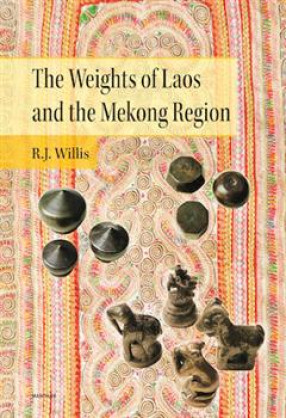
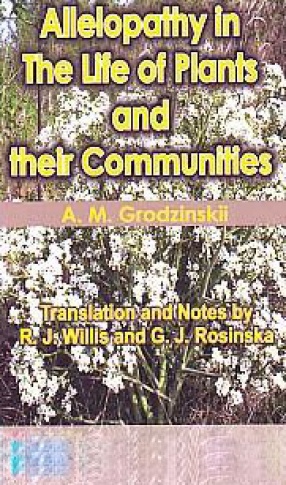
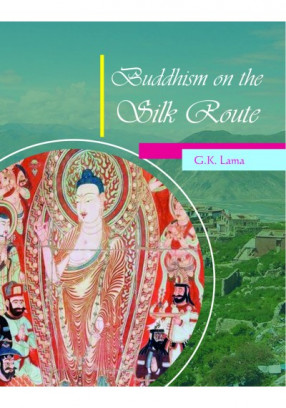
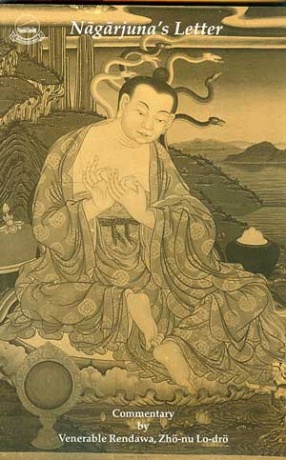
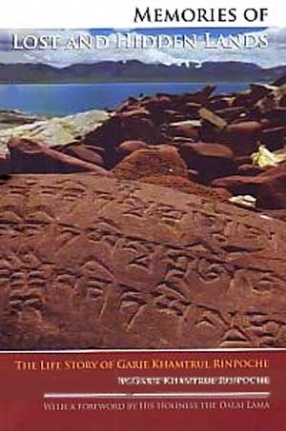
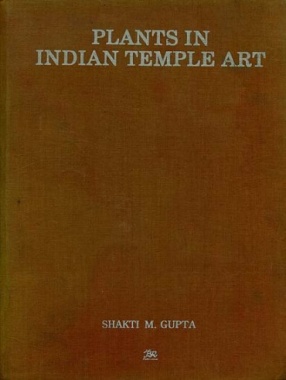

Bibliographic information